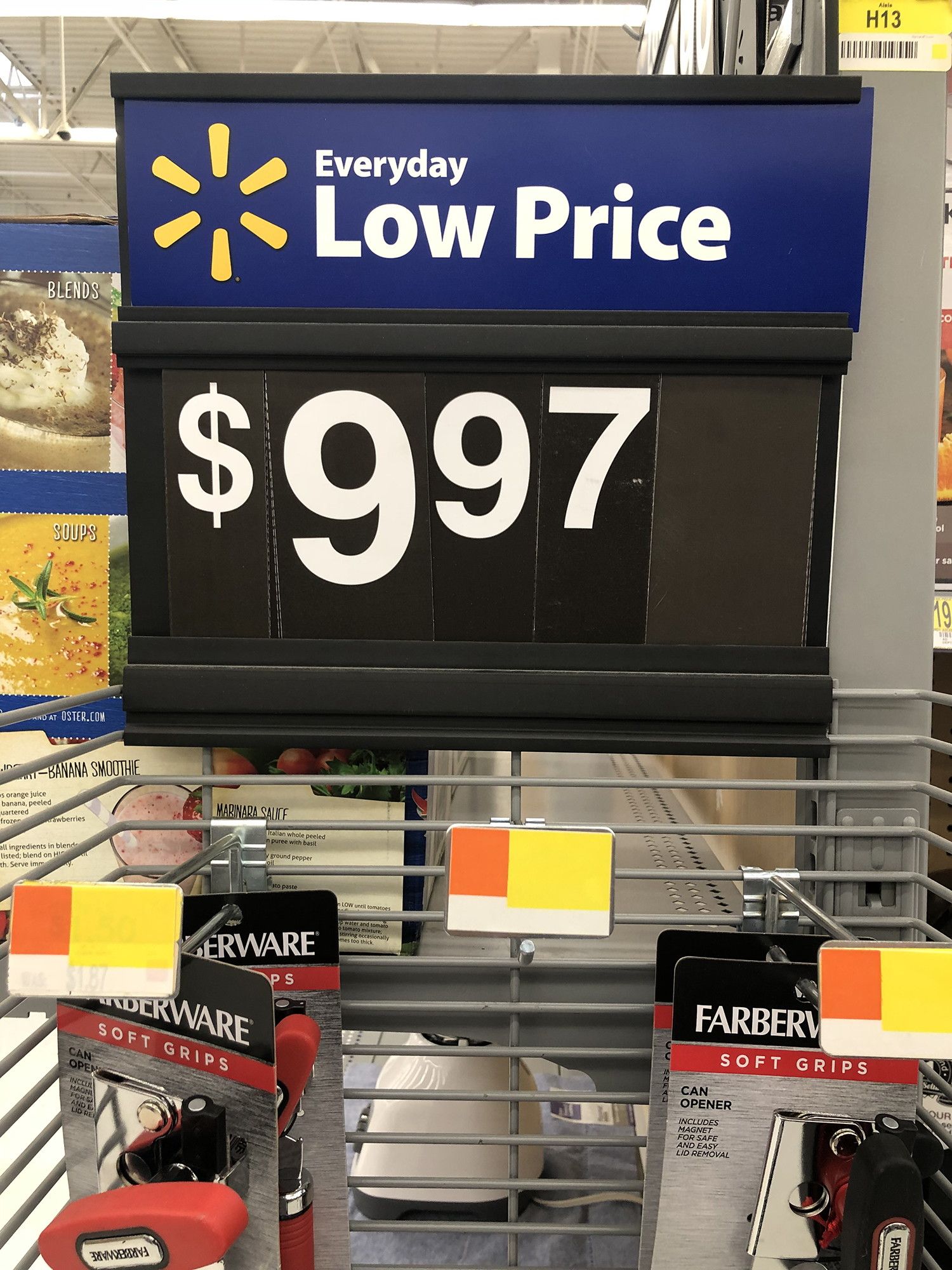How to answer "How much?"
learn when to make the first offer
in B2B negotiations

How to answer the question: "How much?" ?
When to make the first offer in a negotiation?
Which Price is the correct price?
There are no easy answers, therefore I went to my friend Francesco Caporali
a professional negotiatior and founder of CAPCOST, a company specialized in expense management.
and these are some ideas I picked up:

Negotiation manuals tell us to never make a first offer in a negotiation.
However there are situation where we cannot do otherwise.
How can we then make a first offer that is safe?
Making the first offer brings several risks:
If you are in doubts about telling your "price", you may be in one of these 3 situations:
This last case is the simplest:
Never. Never give a price to something that has not been fully detailed and subscribed by both parties.
About the other two cases:
The first case is the one that is described into the negotiation literature.
Both parties have agreed on the deliverables, and now it comes to bargain for a price.
Here all the best practices and recommendations about the "first offer" come into effectiveness: the anchoring effect, the leverage effect, the uncertainty effect.
Let’s take a look to the second case: no negotiation has started.
We experience it easily when we go shopping:
How it comes that in one case the "first offer" is there, in the other it is not?

The differences it’s not in the value of the exchange.
It’s in the ability of the parties to clearly "subscribe" what is the subject of the exchange.
When the subject is a shirt, the deliverable is clear:
what it is, when it will be used, who will use it.
The seller can do the first move with confidence.
When it’s a jewel, the subject is more blurred:
I can buy a ring for a lifetime occasion or just because I like it;
the gold price is subject to strong fluctuations;
also defining the value of a particular style is not that easy
In other words, the jewelry situation involves uncertainty.
This case happens in B2B negotiations, especially when the subject of the exchange are services.
Having a precise definition of services deliverables is always tricking.
Furthermore, the value of the services may change after the purchase.
Nevertheless the buyer has a good reasons to ask for a price: try to match the offer with his budget.
From the seller point of view, the ideal situation would be that the buyer comes out with a budget
and the seller matches its own level of services to it.
A good salesperson knows how to bring the prospect to reveal the budget.
However there are cases when the buyer has the upper hand and the seller is forced to come out with a first offer.
Given the uncertainty on the scope, the seller should avoid to offer a single price.
Also bringing a price range, as recommended by several scholars, is not a good idea:
like for the single price, a range may end up to high for the buyer's budget, or too low.
The problem is that the uncertainty is not (only) about the price, but it is -first- in the scope of supply.
The first offer then shall be matched to where the uncertainty is: the deliverable.
The seller can do this by giving 3 price levels (High – Medium – Low) and linking them to 3 levels of service.
In this way the buyer can match its budget to the one he can afford, and the seller can start a negotiation that defines the scope of supply and the final price without the risk to sound too cheap or too pricey.
If the contest allows a further degree of complexity, each of the service levels should be linked to a range of prices.
So how to replay to “how much?” when a customer enters a jewelry?
Give her 3 prices and 3 level of services.
And start from there.

find them in our booklet: "The Human Sales",
that Engineers, PHDs, Data Scientists an Technical People use since 2009
to serve communities that value their Innovation:
(free for students)
